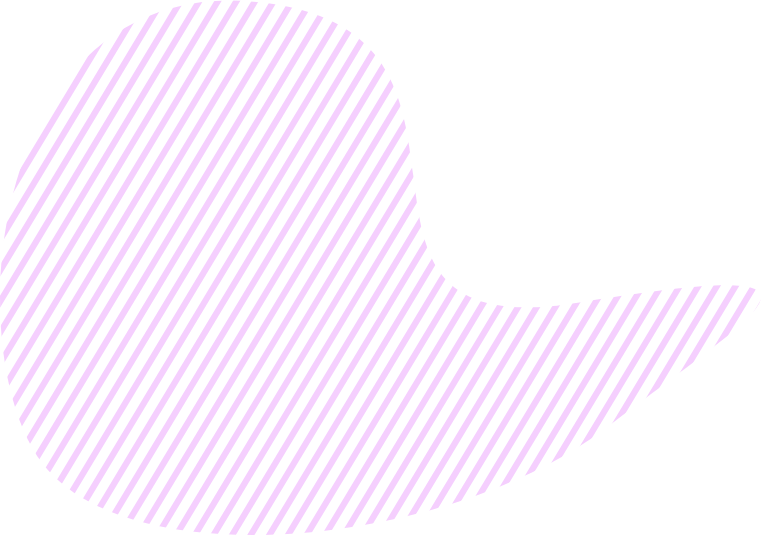What is Enterprise Architecture Planning?
Enterprise architecture planning (EAP) is a process that shapes how information technologies will be used by an organization to achieve business goals. From the IT perspective, the EAP prioritizes a set of initiatives aimed at optimizing operations. From the business perspective, this is a hierarchical process that illuminates issues that an organization has, estimates what is needed for future success and defines a series of engineering models and projects that can be easily understood by everyone.

EAP Benefits
- Improved interaction between information, technology and business goals by converting the business strategy into concrete processes that engage concrete tools and systems.
- Improved access to information on demand and in a convenient format thanks to a more efficient information architecture.
- Improved adaptability to changing market requirements and business needs, since EAP provides the necessary visibility of the business trends, giving enough time to make strategic changes in response to emerging threats and opportunities.
- Increased organizational efficiency due to a higher transparency and improved evaluation of existing tools and systems as well as systems that are planned to be purchased.
- Increased stakeholders’ engagement, because EAP affects everyone in the organization and is developed as a collaborative effort across multiple teams.
EAP Methodologies
EAP is carried out using several standardized methodologies, the most popular of which as the following:
Open Group Architecture Framework
The Open Group Architecture Framework (TOGAF) is the high-level framework that suggests standards, compliance strategies and a set of guidelines and best practices as to designing, planning and implementing the enterprise IT architecture. To align IT goals with business objectives, it works in several areas:
- Develops a consistent vocabulary for talking about IT in the company
- Whenever possible, uses open standards instead of proprietary solutions
- Increases efficiency in resource allocation
- Accurately measures ROI
The Zachman Framework
The Zachman Framework for enterprise architecture is a taxonomy that understands an organization by getting to know how its stakeholders and various perspectives fit together to jointly build the enterprise IT architecture.
It is organized around 6 points of view that consider who, what, how, where and why aspects:
- Planner's view that describes the high-level business strategy
- Owner's view that describes the key business concepts
- Designer's view that depicts how the system meets the company’s needs with the respect of information
- Implementers view considers how the system will be implemented and what restrictions and constraints are
- Sub-constructor’s view covers the implementation details for every component of the system
- User’s view describes how the system runs in the operational environment.
Federal enterprise architecture framework
Federal enterprise architecture framework (FEAF) is designed to standardize the measurement of IT effectiveness across similar organizations (such as federal agencies) by comparing resource usage, revealing efficiency savings and generally improving the services. FEAF consists of six interconnected models:
- Application reference model identifies solutions to be shared between agencies
- Business reference model explores the business goals and collaboration
- Data reference model studies how data is stored and accessed and how its usage can be improved
- Infrastructure reference model focuses on the required network technology and resources (such as servers)
- Performance reference model measures the impact of the system on business goals
- Security reference model develops a shared language for discussing the security issues.
Though developed and used for federal agencies, this system can be extrapolated to businesses and business chains.
The Gartner Methodology
The Gartner methodology aims at bringing together key groups of stakeholders: executives, IT experts, and technology implementers. According to this approach, building a successful enterprise architecture means that the organization unites these three groups around a shared strategic vision, which leads to an enterprise architecture that can be evaluated at measurable terms, such as increased revenue or reduced costs.
Enterprise Architecture planning is considered to be one of the priorities for a modern organization that hopes to be agile, share strategic goals with all employees, and reach maximum performance.



